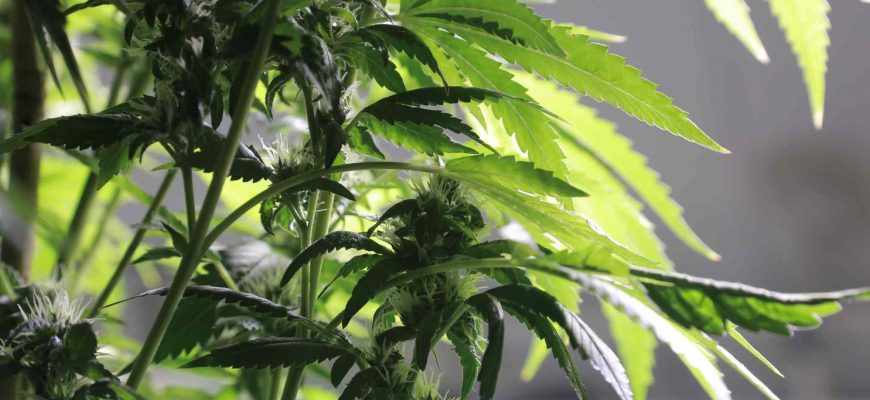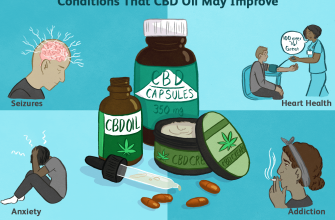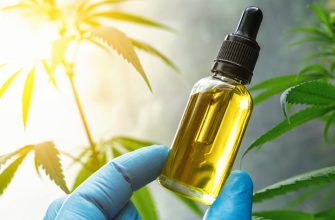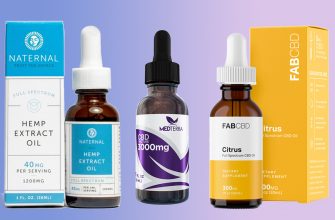Cannabidiol (CBD) was originally discovered as a treatment for Dravet’s syndrome, but it is now widely used to treat a number of diseases and lifestyle disorders.
Note – Oil with THC is commonly referred to as “Simpson’s oil”.
What is CBD and THC oil?
CBD oil obtained by dissolving a concentrated solvent extract of cannabis flowers or leaves in another edible oil such as sunflower oil, hemp oil or olive oil. The various solvents used range from organic solvents such as ethanol, isopropyl alcohol, to petroleum ether and naphtha.
The solvents used affect the taste, color and viscosity of the resulting CBD oil. The solvent can be further subjected to “freezing”, a process in which the extract is stored in a freezer at -20°C to -80°C.
Because of this low temperature, higher melting compounds, including paraffins, triglyceraldehydes, and chlorophyll, will precipitate out and can be removed by filtration or centrifugation. This process is used to remove other components that are sometimes extracted along with the desired cannabinoids.
In addition to refining the oil, this process can also improve the taste and color of the product.
What are the possible contaminants in CBD and THC oils?
Terpenes
The presence of terpenes in CBD or THC oil depends on the preparation method used. Because terpenes are highly volatile, they can be removed at elevated temperatures during drying of plant material or by evaporating solvents. It is also possible to reintroduce evaporated terpenes during the condensation process into the final oil.
Pesticides or synthetic cannabinoids
Contaminants such as pesticides and synthetic cannabinoids may be intentionally added to CBD oil to increase yield, weight, or potency. The study found that pesticides are very common in cannabis oil sold in Dutch cafes, legal cannabis sold under state law in California, and medicinal cannabis sold by licensed growers in Canada. Pesticides, if present in hemp, are more likely to be present in concentrated form in the final oil product.
Unintended toxins
At various stages of production, storage and distribution, unsanitary practices can lead to unwanted and unintended contaminants such as heavy metals, mold, bacteria, aflatoxins, which can be very harmful to health.
Toxic Solvents
In many cases, the solvents used in the manufacturing process are harmful or toxic. Naphtha and petroleum ether have boiling points between 30°C and 200°C. These solvents are harmful and flammable, and some solvents such as hexane and benzene are considered neurotoxic. According to Material Safety Data Sheets (MSDS) provided by manufacturers, naphtha and petroleum ether are also potential carcinogens.
In addition, products sold as naphtha may contain additional impurities that increase their stability as well as their hazardous potential. GC (Gas Chromatography) and NMR revealed contamination of the naphtha with petroleum hydrocarbons. Since petroleum hydrocarbons have higher boiling points, they are also resistant to evaporation procedures and additional methods may be required to remove them. Non-toxic solvents such as olive oil can be used for this purpose. Olive oil is economical, non-flammable, non-toxic, it only needs to be heated to the boiling point of water.
What are the difficulties in detecting contaminants in CBD or THC oil?
Many professional laboratories now offer their expertise in the detection of contaminants in food crops, medicinal plants or edible oils. These methods can be modified to evaluate CBD or THC oil. However, there is currently no consensus on which analytical method should be used to analyze cannabinoids. Also, there are no guidelines or certifications to test cannabis labs.





